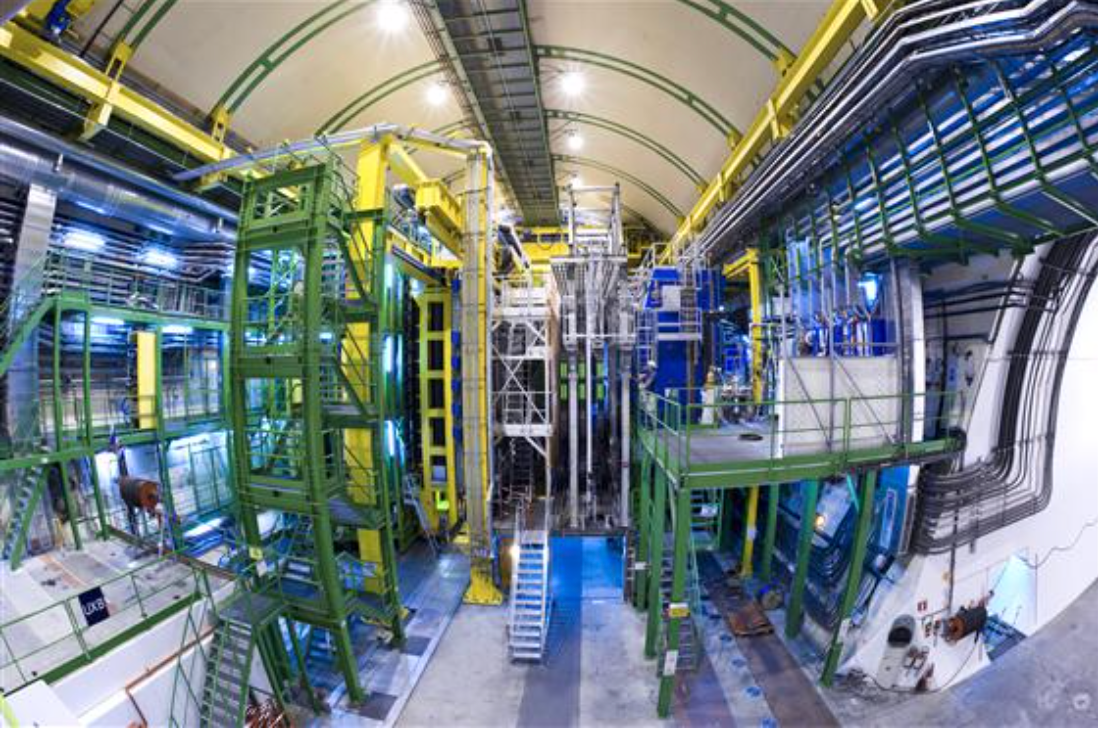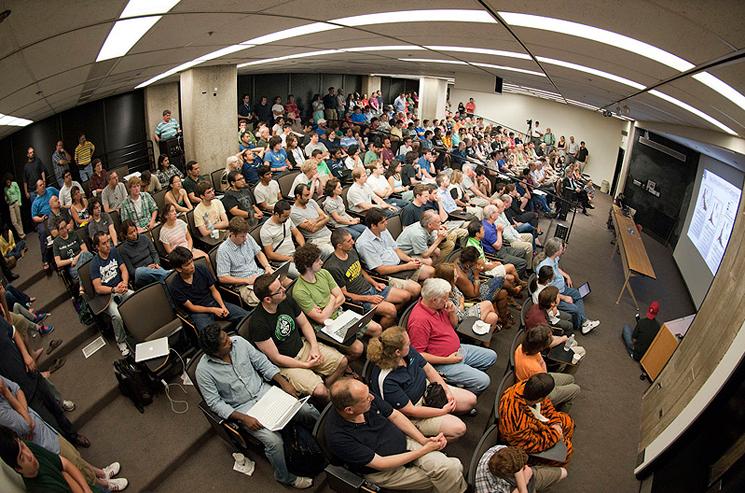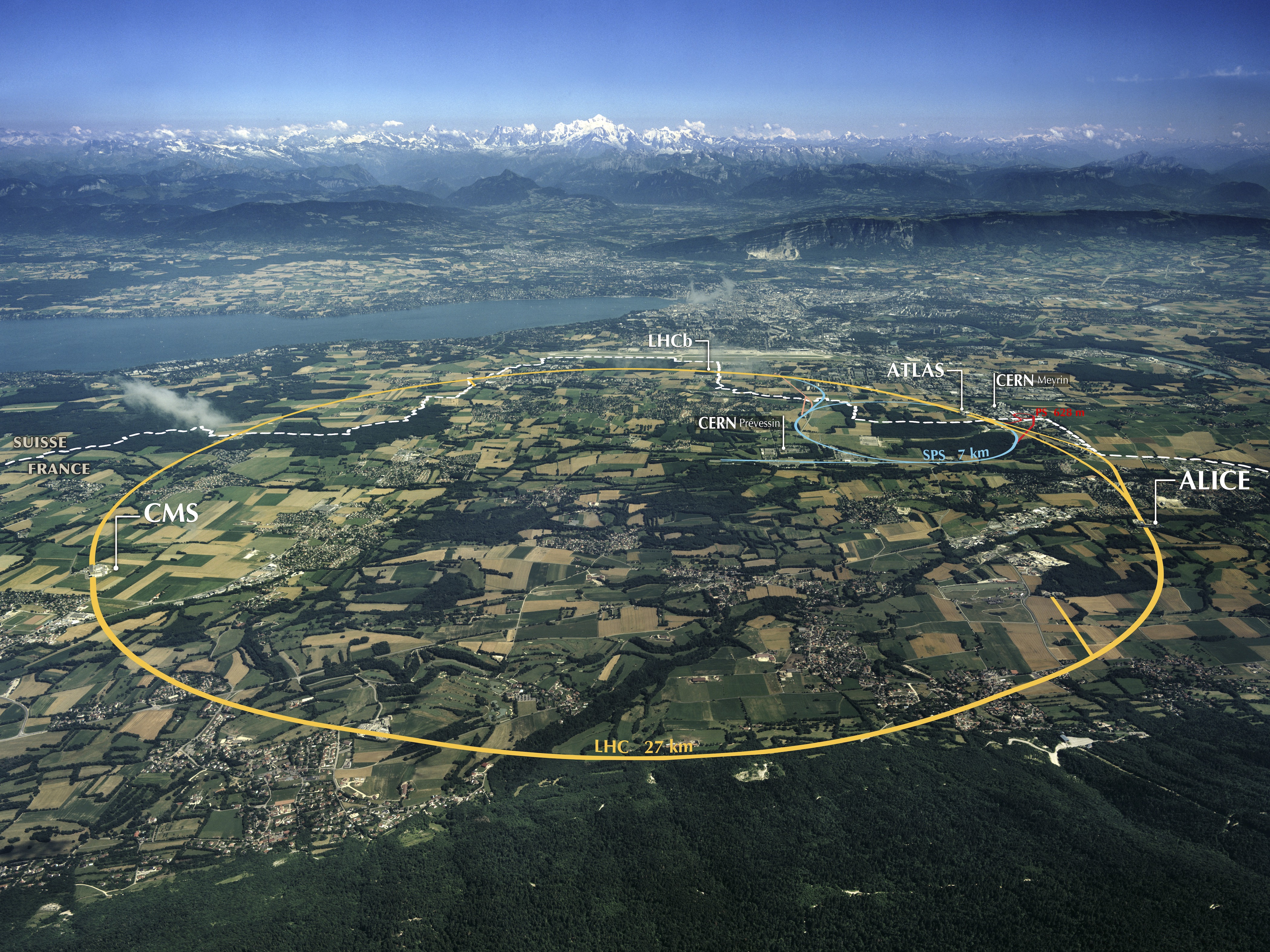From astronomy, we now suspect that about 85% of the matter in the universe is invisible. It’s what we call dark matter, which is really just a term to cover our ignorance. It’s some kind of substance that’s all around us, but there is no particle that we know about in the Standard Model that can explain what dark matter is.
Another problem with the Standard Model of particle physics is that it tells us that in the very early universe, around a millionth of a second after the Big Bang, all the matter in the universe should have been annihilated in a reaction with its mirror opposite, something called antimatter. Essentially, the theory tells us that the material world should not exist.
These are reasons for thinking there should be new things to discover at the Large Hadron Collider. In a way, the discovery of the Higgs boson closes the story of 20th century physics; it’s the last missing piece of a theory that was developed in the 1960s and 1970s. But it also potentially opens up new avenues for discovery because the Higgs boson is connected to some of the really big problems facing particle physics. The hope is that by studying the Higgs boson very accurately, either at the LHC or some future machine, we will start to get clues about whether there are other ingredients of our universe that we haven’t seen so far.
A lot of the work at the LHC is about finding signs of new particles, forces of nature and phenomena that we’ve never seen. So far, at least, we haven’t seen any of the predicted new particles that we might have hoped to see. This is worrying, of course, though we’ve seen an increasing number of what we call anomalies in the last few years. These are when experimental data subtly disagree with the theory, and it’s looking increasingly likely that we might be seeing the first signs of something altogether new, although it’s too early to say. The next few years will be exciting as we produce more data and learn more about the basic building blocks of our world.



